Is the beauty industry tempting us with another ingredient we don’t need or is the new retinal worth the hype? Retinol has been a skincare staple for years, but now, retinal (retinaldehyde) is being marketed like it’s a scalpel-free version of a face lift. Right or wrong? Wrong. Nothing is like a scalpel-free facelift. But retinal is pretty darn fabulous.
Both retinal and retinol are members of the retinoid family. They are derivatives of vitamin A, long celebrated for its anti-aging benefits. Retinal is more potent, requiring fewer conversion steps to become active in the skin. This happy situation leads to faster and more noticeable results to remedy the pesky trio that plagues us as we age: age spots, wrinkles and rough texture. Due to its faster action, retinal is particularly beneficial for mature individuals dealing with age spots or melisma (darker patches and spots).
Like hot air circulating through the beauty world, many myths surround retinoids:
“Retinal and retinol thin the skin.” Reality: They stimulate collagen production, leading to thicker, more resilient skin.
“Retinal and retinol cause extreme sun sensitivity.” Reality: While they can increase photosensitivity, using them at night and applying sunscreen during the day mitigates this risk.
“Retinal and retinol are too harsh for sensitive skin.” Reality: Many formulations, especially those made with retinal, are suitable for sensitive skin.
“Retinoids are only for anti-aging.” Reality: They are effective for various skin issues, including acne and texture improvement.
“Retinoids will make your skin look worse before it gets better.” Reality: Possibly true when used for acne, but when used on mature skin, retinoids hit the ground doing good things.
There’s a common belief that retinoids should be used only at night, while vitamin C should be reserved for daytime. This stems from the idea that retinoids can make the skin more sensitive to sunlight and that vitamin C, being an antioxidant, provides protection against environmental damage during the day. In fact, studies show that using retinal and vitamin C together can enhance their effectiveness, even within the same routine or product.1
Bakuchiol, a plant-based alternative to retinoids, also enhances retinal’s effectiveness. Finding these ingredients in the same product is a good way to give your skin a noticeable dose of oomph. To attain maximum glow, it’s a great idea to use a vitamin C product in the morning right after cleansing, followed by a serum and moisturizer. For night, add the retinal product with vitamin C alone or alongside your nighttime moisturizer.
For mature skin, especially in a desert environment, retinal is worth exploring. Its superior potency and ability to target hyperpigmentation, wrinkles and texture make it a valuable addition to any skincare routine. Paired with complementing ingredients like vitamin C and bakuchiol, retinal can be the new star of your tool kit.
Start slow, protect your skin from the sun, and pay attention to how your skin responds. With consistent use, retinal can be a game-changer in your skincare journey.
Brook Dougherty of Indio is the founder of JustUs Skincare and welcomes your questions. She can be reached at (310) 266.7171 or brook@justusskincare.com. For more information, visit www.justusskincare.com.
Reference: 1) https://pubmed.ncbi.nlm.nih.gov/15767769/
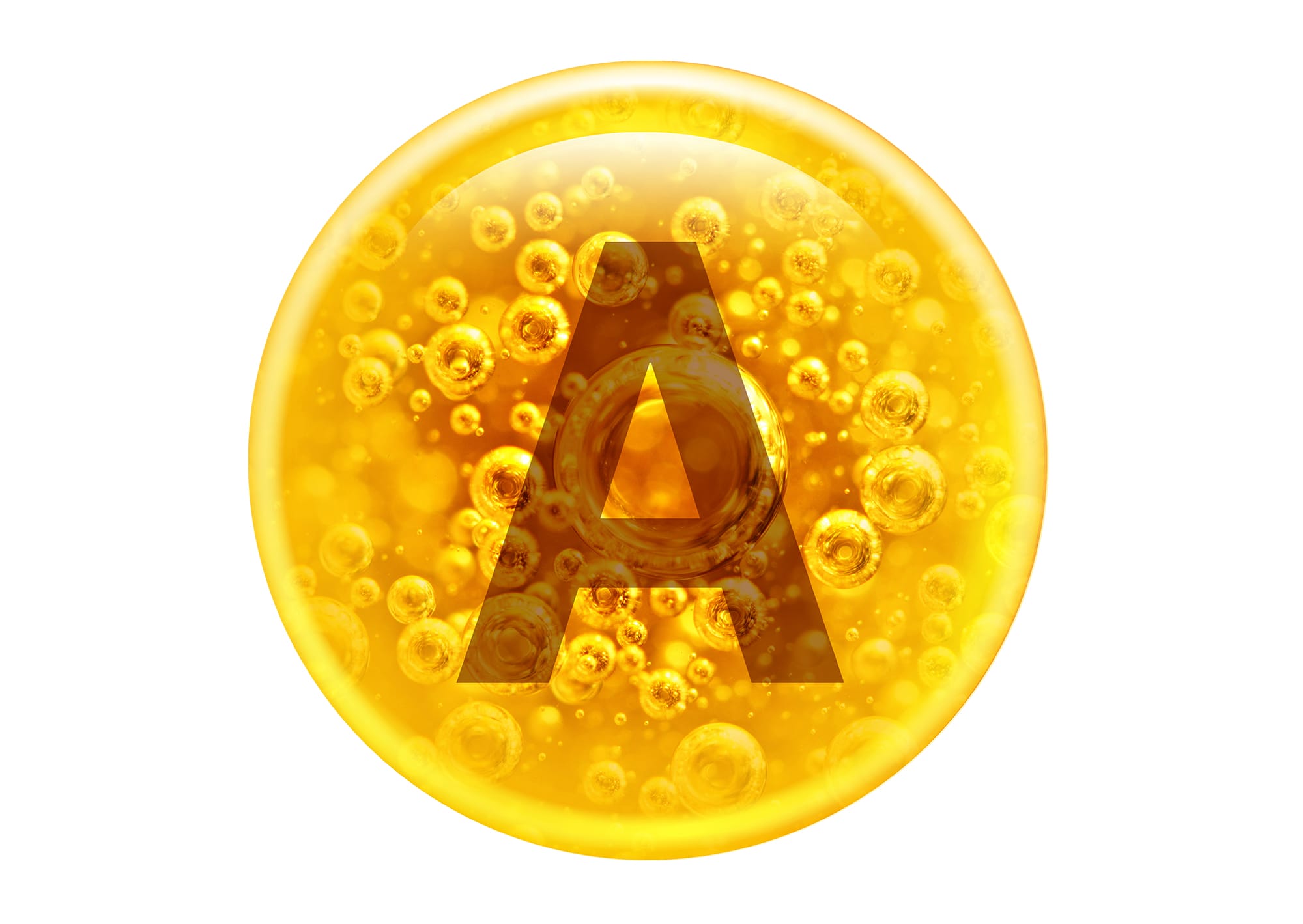

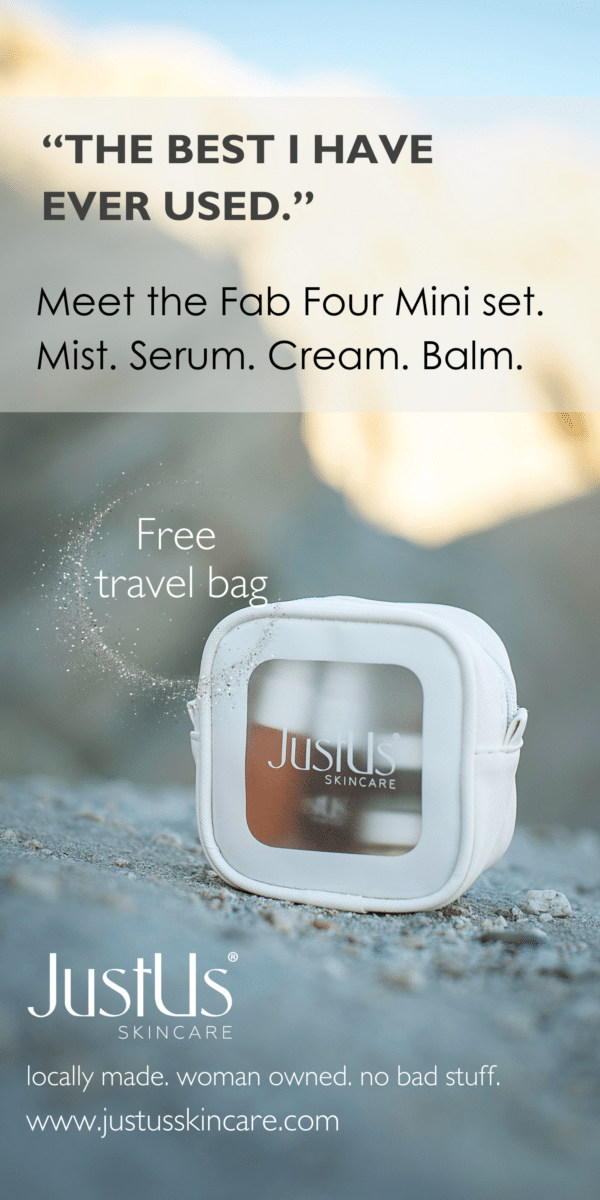





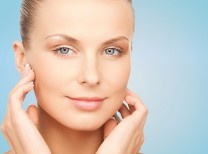




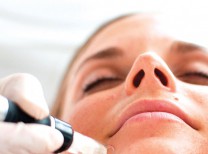

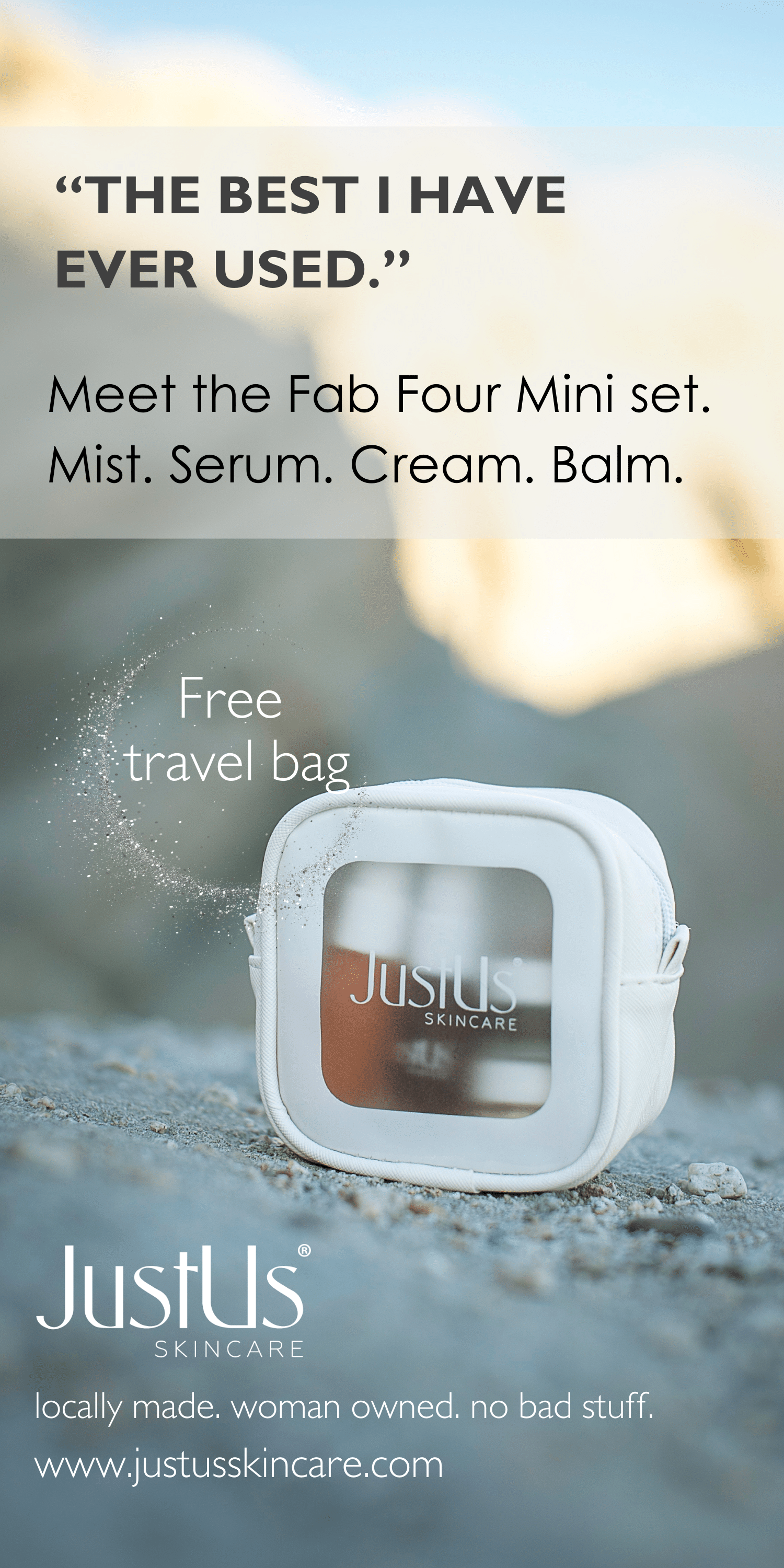







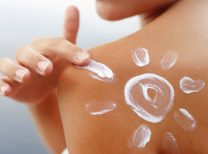





















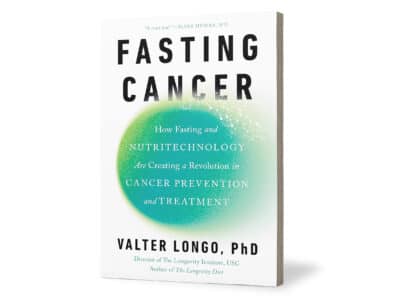




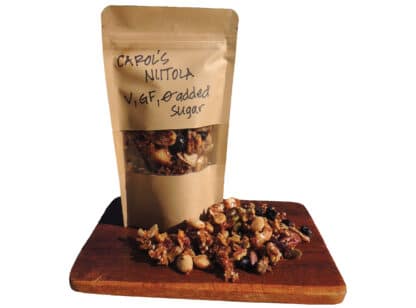

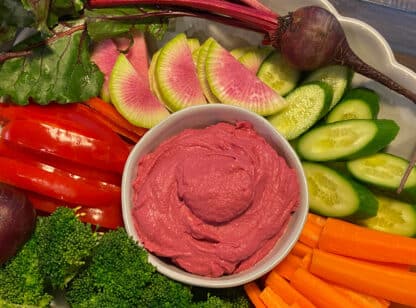
Comments (0)